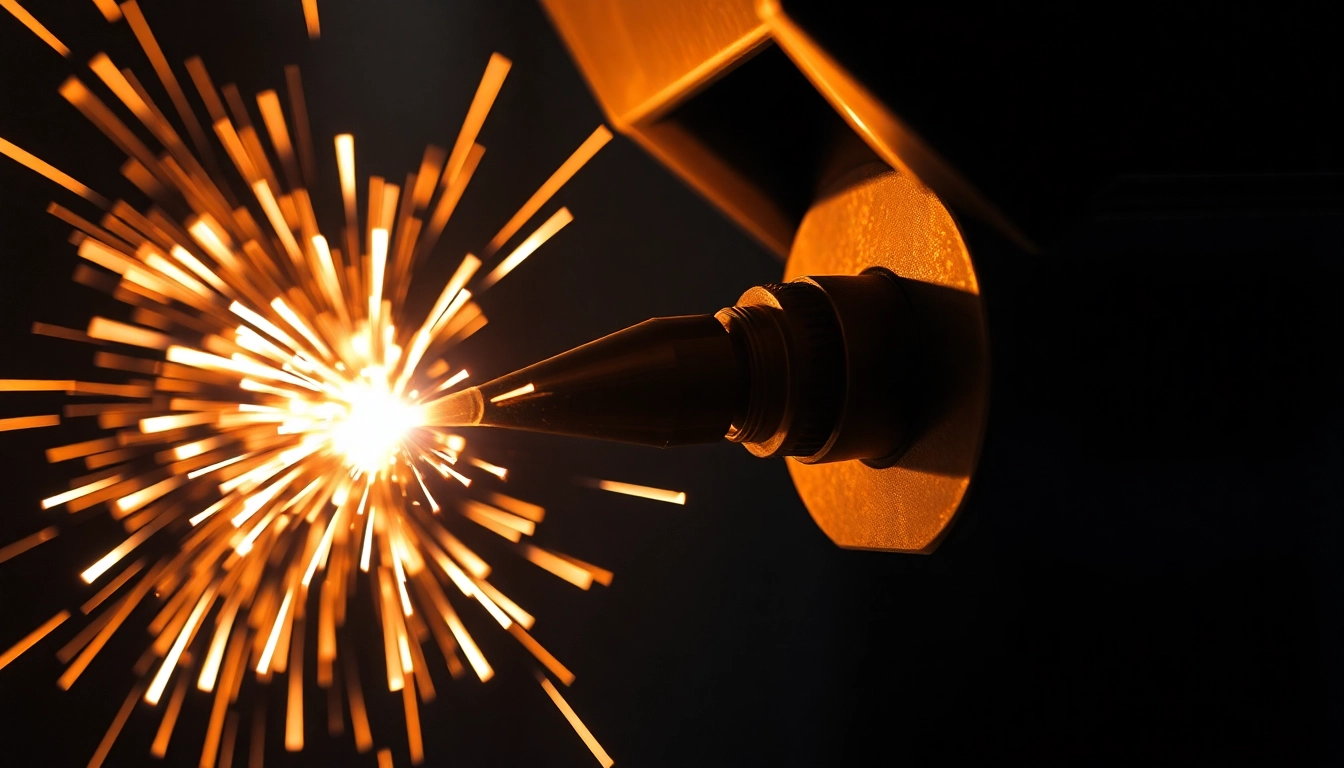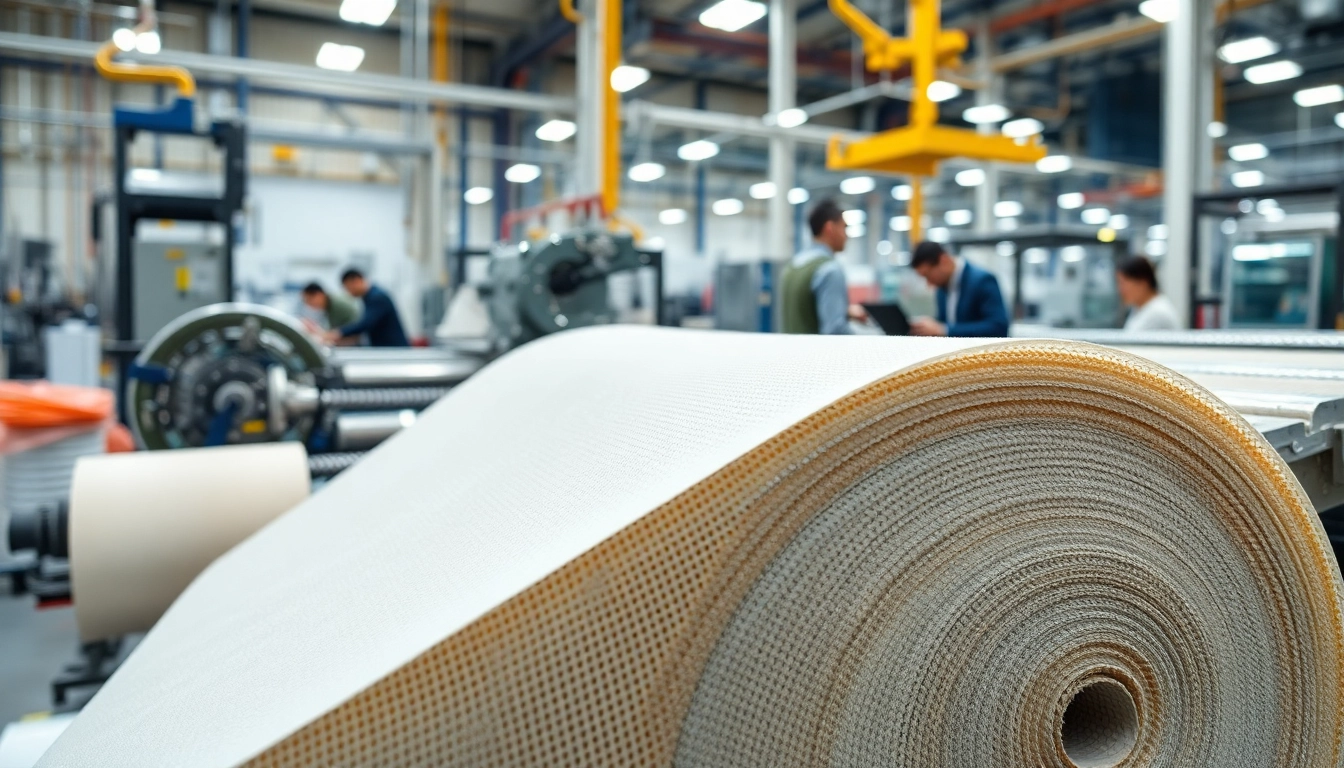Understanding AC DC TIG Welders
What is an AC DC TIG Welder?
An AC DC TIG welder is a specialized tool used for tungsten inert gas (TIG) welding, which involves joining various metals by melting them together with heat generated from an arc struck between a tungsten electrode and the workpiece. The unique aspect of an AC DC welder is its ability to operate on both alternating current (AC) and direct current (DC). This flexibility allows welders to tackle a wide range of materials and applications effectively.
With the capability of switching between AC and DC, these welders particularly excel in aluminum welding (requiring AC usage) while delivering high-quality welds on materials like stainless steel and carbon steel (typically welded using DC). The versatility makes the AC DC TIG welder an essential piece of equipment for professional fabricators, hobbyists, and metal artists alike.
Benefits of Using AC DC TIG Welders
There are several compelling reasons to choose an ac dc tig welder for your welding projects:
- Versatility: The ability to weld a variety of materials, such as aluminum, stainless steel, and titanium, makes these welders incredibly useful across multiple applications.
- Precision: TIG welding produces clean, high-quality welds with minimal spatter, allowing for greater control over the welding process.
- Less Heat Distortion: Due to the focused heat source, there is less heat being dispersed, which reduces warping and damage to surrounding areas of the workpiece.
- Excellent Aesthetics: The finished welds often look better aesthetically, which is particularly important in industries where appearance matters.
- Longer Electrode Life: TIG welding often results in a longer life for the tungsten electrode, especially when using DC for metals that do not require AC.
Key Features to Look For
When selecting an AC DC TIG welder, it’s essential to consider various features that can impact your welding experience:
- Duty Cycle: This indicates how long the welder can operate continuously without overheating. A higher duty cycle is ideal for heavy-duty projects.
- Maximum Output (Amperage): Ensure the welder can handle the required amperage for your projects, especially thicker metals.
- Control Options: Digital displays and advanced controls (like pulse settings) enable greater precision and adjustments throughout the welding process.
- Portability: For on-site work, consider the weight and design that make transportation easier.
- Accessories Included: Check for the availability of essential components such as foot pedals, gas regulators, and welding torches.
Types of Materials Compatible with AC DC TIG Welding
Welding Aluminum with an AC DC TIG Welder
Welding aluminum presents unique challenges due to its thermal conductivity and the formation of oxide layers on its surface. However, AC DC TIG welders are designed specifically to handle this metal. The alternating current provides a cleaning cycle that removes the oxide layer, resulting in a clean weld. Tips for successful aluminum welding include:
- Pre-Weld Preparation: Ensure that the aluminum is clean and free of contaminants to achieve optimal weld penetration and quality.
- Pulse Settings: Utilizing pulse settings can help control the heat input, reducing the risk of burn-through.
- Correct Filler Material: Use a filler material that matches or is compatible with the base aluminum for stronger joints.
Welding Stainless Steel Effectively
Stainless steel is another common material that can be easily welded using an AC DC TIG welder. Using direct current is essential when welding stainless steel to maintain the strength and corrosion resistance of the material. Here are a few tips:
- Control Heat Input: To prevent warping, controlling the heat (possibly by adjusting the amperage) is critical during the welding process.
- Use Appropriate Argon Purity: Using high-purity argon gas for shielding the weld pool will reduce contamination and improve the overall quality of the weld.
- Choose the Right Filler Alloy: The filler material should match the grade of stainless steel being welded to maintain integrity.
Versatile Applications in Different Industries
AC DC TIG welders find applications in various industries due to their adaptability:
- Aerospace: The aircraft industry relies heavily on high-strength and precise welds, making TIG welding ideal.
- Automotive: For fabricating exhaust systems and aluminum bodywork, an AC DC TIG welder is invaluable.
- Manufacturing: Many fabrication shops utilize TIG welding for its precision in creating critical parts.
- Artistic Welding: Metal artists favor TIG welding’s ability to create artistic designs without sacrificing material integrity.
Top AC DC TIG Welder Models in 2023
Best Budget-Friendly Options
For hobbyists and those new to welding, several budget-friendly options can deliver quality performance:
- Everlast 140 AMP TIG Welder: Known for its affordability and features, including dual voltage capabilities.
- PrimeWeld TIG225X: This affordable model offers excellent reliability along with a durable build.
High-End Models for Professionals
For professionals looking for high-performance machines, consider:
- Miller Dynasty 210: This industrial-grade welder provides excellent control and precision for various materials.
- Lincoln Electric Square Wave TIG 200: Featuring advanced digital controls, this welder allows for intricate job handling.
Reviews of Popular Brands
Brands like Miller, Lincoln Electric, and Everlast stand out in the market. Users rave about:
- Miller: Renowned for durable, high-quality machines with exceptional customer service.
- Lincoln Electric: Offers a wide range of reliable products suited for both novices and seasoned welders.
- Everlast: Provides cost-effective solutions without sacrificing quality, particularly popular among beginners.
Troubleshooting Common AC DC TIG Welder Issues
Identifying Welding Inconsistencies
Common issues encountered during AC DC TIG welding include:
- Poor Arc Stability: Often caused by incorrect tungsten size or contamination. Ensure the tungsten is the appropriate size and is clean.
- Excessive Spatter: This may indicate improper gas flow or incorrect filler material. Check and adjust your settings accordingly.
- Weak Penetration: This might be due to low amperage or incorrect travel speed. Adjust your technique as needed.
Maintenance Tips for Longevity
To ensure the longevity of your AC DC TIG welder, regular maintenance is key:
- Cleaning: Regularly clean the torch and electrode to ensure optimal performance.
- Check Cable Connections: Inspect for any damage and ensure secure connections to prevent issues during operation.
- Inspect Gas Supply: Make sure that argon tank levels are sufficient and that the regulator is functioning properly.
When to Seek Professional Help
Certain issues may be beyond user resolution:
- Persistent electrical problems may indicate deeper issues that require a technician’s expertise.
- For malfunctions related to internal circuitry or mechanical parts, contacting customer support is advisable.
Maximizing Your Welding Experience
Essential Safety Equipment and Precautions
Safety should be your top priority during welding:
- Welding Helmet: Ensure it has the appropriate darkness rating to protect against UV and infrared light.
- Protective Gear: Wear insulated gloves, flame-resistant clothing, and steel-toed boots to protect against sparks and heat exposure.
- Ventilation: Always weld in well-ventilated areas or use fume extraction systems to avoid inhaling harmful fumes.
Advanced Techniques for Experienced Welders
Advanced welders can experiment with:
- Pulsed TIG Welding: This technique allows for better control over heat applications, reducing the risk of burn-through.
- Weaving Patterns: Using different torch movement techniques can create aesthetic welds for artistic projects.
Resources for Continued Learning
For those looking to expand their welding knowledge, consider the following resources:
- Online Courses: Platforms like Udemy and Coursera offer comprehensive welding courses tailored to different skill levels.
- Forums and Communities: Engage with fellow welders on platforms like Reddit’s welding forums to share tips and seek advice.
- Manufacturer Websites: Many renowned manufacturers provide guides, FAQs, and instructional videos to help users get the most out of their equipment.



